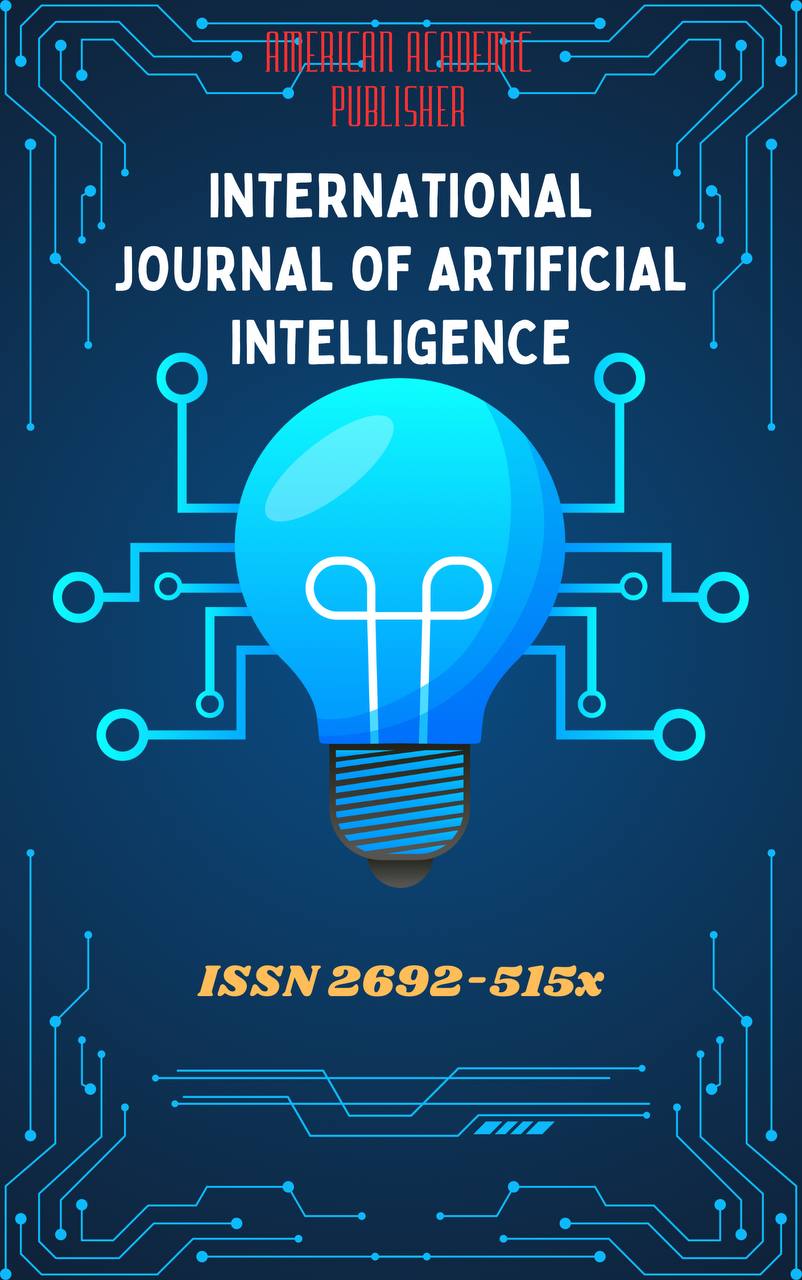 Articles
| Open Access |
Articles
| Open Access | DEVELOPING CREATIVE ABILITIES IN PLAYING MUSICAL INSTRUMENTS
Nazarova Sabrina Allaberdi qizi , Doctoral Student, Termiz State Pedagogical Institute UzbekistanAbstract
This article examines modern pedagogical technologies for developing creative abilities in children through the process of learning to play musical instruments. Emphasis is placed on the integration of interactive and creative methods in music lessons, particularly for primary and secondary school students. It analyzes the role of improvisation, composition, and digital tools in enhancing musical thinking, emotional expressiveness, and motivation. The study highlights how creative approaches not only improve musical proficiency but also nurture a student’s personality, fostering problem-solving skills and artistic imagination. Empirical data collected from music classes is used to evaluate the effectiveness of creative music instruction.
Keywords
creative abilities, music education, piano, improvisation, schoolchildren, musical development, pedagogy, technology in music.
References
Burnard, P. (2012). Musical creativity in practice. Oxford University Press.
Hallam, S., & Creech, A. (2010). Music education in the 21st century in the United Kingdom: Achievements, analysis and aspirations. Institute of Education, University of London.
Hickey, M. (Ed.). (2015). The Cambridge Companion to Creativity in Music Education. Cambridge University Press.
Kaschub, M., & Smith, J. (2014). Promising practices in 21st century music teacher education. Oxford University Press.
Lubet, A. (2011). Music, disability, and society. Temple University Press.
Odena, O. (2010). Practicing music education research: Using qualitative methods. British Journal of Music Education, 27(3), 275–289. https://doi.org/10.1017/S0265051710000212
Article Statistics
Downloads
Copyright License

This work is licensed under a Creative Commons Attribution 4.0 International License.

